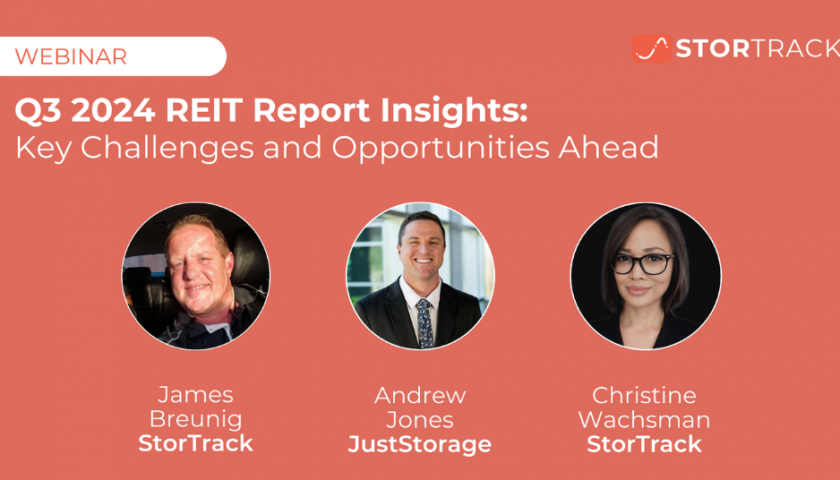As a real estate investor, incorrectly identifying a deal can potentially cause catastrophic losses, while proper identification of a deal can set you up for long-term success and wealth creation.
In a competitive marketplace, real estate investors must combine a boot-on-the-ground qualitative analysis with data-driven quantitative research. It is the combining of these two approaches that paints the most complete picture allowing for additional insight to how a property may perform.
Gone are the days of information asymmetry where the seller always had more information than the buyer. Technology has levelled the playing field by bring vast data solutions to the public. With the tools and resources available, it would be careless to not utilize a data-driven approach throughout the evaluation process.
Strategy Steps
A winning strategy can be executed in as little as three steps. The first is to analyze the available data sources including those from a third-party consultant. Next, you need to verify the veracity of the data with a little grunt work of your own and finally, you need to validate that your business plan for the property can be accomplished based on the research by wargaming various scenarios.
Identify the Deal and Obtain Data
When an opportunity hits your desk, the first step in determining if the deal works, is to start by pulling all available datasets in the market you are looking. Data providers allow investors the ability to quickly analyze a market. Investors can efficiently deduce whether a deal is worth pursuing based on the macro fundamentals of the market. In the self storage industry, the primary metrics that drive decision making are 1) how much competitive supply there is in the market and 2) what rental rates are being achieved. The objective is to identify deals where there is the ability to take advantage of less competitive supply, below market rental rates, or both. Information provided by the third-party data providers for a desktop study and internally derived metrics should drive the decision-making process. Here, if the initial metrics meet or exceed the internally derived metrics, you should proceed. If not, pass on the deal.
Verify Data
Now that you have all this data, verify its veracity. While data providers do a fantastic job aggregating great sums of data, successful real estate investing requires personally confirming the accuracy of the initial assumptions. Using a combination of GIS mapping software, Google and an in-person market visit, we catalogue and record every single facility within our established subject area. This always leads to discovering more information than what was initially assumed. Your team should personally tour the market while verifying every facility in the area to assess the entire competitive landscape, identifying competitive property’s rental rates and bifurcating them even further by defining characteristics. Verifying the data allows investors to fully comprehend the market’s unique macro and micro fundamentals. By doing the extra research, over time you will build an internal data set to aid in your decision-making process.
Evaluate Information
The final step is validating that the business plan can be achieved based on the data that has been researched and by wargaming a couple scenarios. No two deals are the same, so proper qualitative analysis is important. In the self storage business, demand is everything. If a facility can’t stay occupied, the deal will be in trouble. The various data providers can provide national and even submarket level heuristics on demand, which is approximately eight square feet per capita. Now that you have the national level demand, it is important to assess your market because fundamentals and the unique characteristics vary widely by market. Boise, ID may have a drastically higher supply of self storage than downtown Denver, CO, but that does not mean Boise is an oversupplied or weaker market. Specific markets possess varying demands regarding customers’ storage needs. Instead of comparing to the national average, it is important to compare against markets that are similar in nature. Using the market data collected and by manually recalculating what the supply and demand equilibrium numbers look like, “oversupplied” markets may be appropriately supplied or even undersupplied, when compared against similar markets.
Once you have all your numbers, run your numbers various ways and determine the outcome based not only on the data, but what you’ve qualitatively identified through your own market research. If you were to simply take the national heuristic of what is considered equilibrium, the potential to miss out on fantastic investment opportunities is huge. By intimately understanding every market in which you do business, you can see potential where others may not. Ideally, you want to have a firm understanding of the market, how the subject deal compares and subsequently, compile this research into a strong business plan to best position the asset.
Taking a data-driven approach to commercial real estate investing is a must. However, just looking at numbers on paper is not enough in today’s competitive environment. It is crucial to combine the data provided by third-party firms with an internal qualitative analysis. By first trusting the data available to begin the process, then personally verifying it and finally, validating the research to properly execute the business plan, investors can increase the odds of identifying a successful long-term deal.





